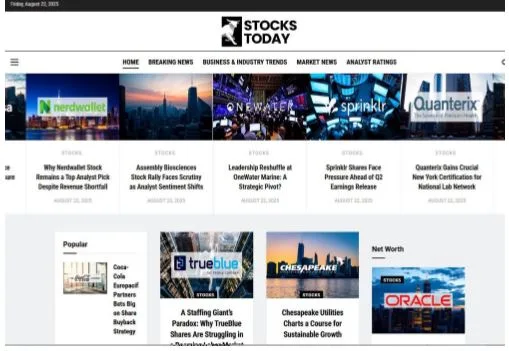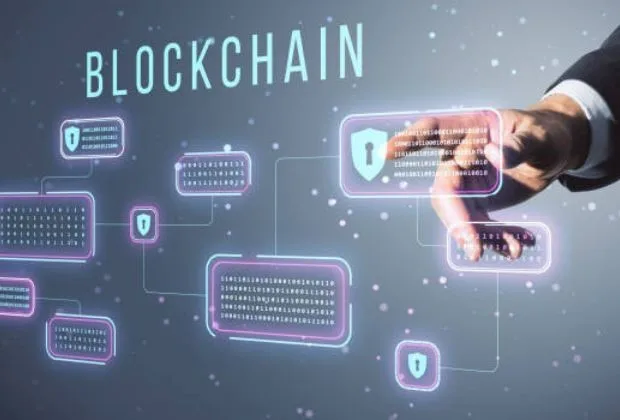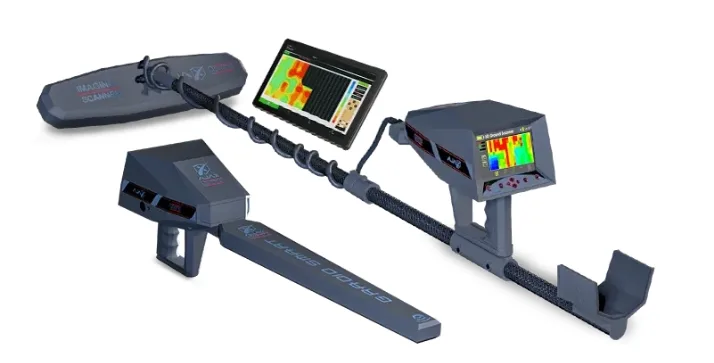Asset Tokenization: Unlocking Liquidity in Traditional Finance
Traditional finance has long struggled with inefficiencies around asset ownership and liquidity. Real estate, art, commodities, and private equity are valuable but often difficult to trade. Their illiquid nature makes it hard for average investors to participate or for owners to unlock value quickly.
Now, with blockchain technology rising in influence, asset tokenization is changing the way people interact with such traditional assets.
Within the next five years, the global blockchain tech market is set to reach a value of $1,431.54 billion. Moreover, at the same time, the total value of tokenized assets is expected to be around $3 trillion.
This transformation is reshaping global finance, bridging the gap between digital innovation and real-world value. But how exactly is all this happening?
What Exactly is Asset Tokenization?
In simple terms, asset tokenization is a process by which you can convert ownership rights of an asset into digital tokens on a blockchain. These tokens represent a share of the asset and can be traded or transferred with ease.
According to Polymesh, unlike conventional methods of asset ownership, tokenized assets are highly divisible. That means even small investors can gain access to these assets. Basically, a person can now invest in part of a building or a rare artwork without owning the entire asset.
Digital assets created through this process offer unprecedented flexibility. Their ownership is verified by blockchain records, which are nearly impossible to tamper with. This allows for faster transactions, reduced paperwork, and more transparent recordkeeping. Asset tokenization blends the trust of blockchain with the intrinsic value of traditional assets.
How are Tokenized Assets Bridging the Gap Between Old and New Finance?
One of the biggest promises of tokenized assets is their ability to bring liquidity to traditionally illiquid markets. This is particularly being seen in real estate assets, which, traditionally, are deemed illiquid.
Think of a commercial building that usually takes months to sell. Through asset tokenization, that property can be divided into digital shares and sold in hours. Investors don’t need to wait for the entire building to sell. They can trade their shares like stocks, increasing financial flexibility.
This development marks a huge leap for asset management.
Previously, managing a portfolio of real-world assets (RWAs) was cumbersome and time-consuming. With digital tokens, asset managers can rebalance portfolios quickly, take advantage of new opportunities, and serve clients more efficiently.
Tokenization adds a layer of dynamism that traditional finance could never provide.
How Does Tokenization Unlock Liquidity?
Real estate, fine art, and private equity are often illiquid because they require extensive paperwork, legal checks, and buyer negotiations. Tokenized assets break down these barriers by offering standardized, fractional ownership that can be traded globally.
With digital assets, a seller no longer needs to find one big buyer. Instead, they can sell parts of their ownership to many small investors. Blockchain allows for 24/7 trading on platforms that do not close, unlike traditional exchanges. This constant market access creates new paths to liquidity for asset holders and investors alike.
Impact on Global Investment Opportunities
Asset tokenization is not limited to wealthy countries or major cities. It opens up access to global assets for investors everywhere. For instance, a teacher in Kenya can gain exposure to European art or farmland in Argentina.
Such opportunities were once reserved for institutional investors or the ultra-rich, but not anymore. By lowering barriers to entry, tokenized assets create more inclusive financial ecosystems. Investors can diversify across geographies, asset types, and industries without complex paperwork or high fees.
As the World Economic Forum puts it, traditional assets tokenized on the blockchain facilitate broader investor access. Thus, these assets, once locked behind closed doors, are now becoming part of a broader and more democratic financial world.
Challenges That Still Remain
Despite its promise, asset tokenization is not without challenges. Regulatory uncertainty is a key issue. Governments across the world are still debating how to classify and monitor tokenized assets. Inconsistent rules can lead to confusion, especially for cross-border transactions.
Another concern is the quality of the underlying assets. Tokenizing a bad asset doesn’t make it good. Transparency is crucial, and so is third-party verification. Investors must still do their due diligence. The blockchain can prove ownership, but it cannot guarantee value. Asset management firms working in this space must maintain high standards.
Security is another consideration. While blockchain itself is secure, the platforms used to buy, sell, or store digital assets may not be. Hacks, data leaks, and technical issues can create real losses. Given how cyberthreats constantly loom over crypto and NFT projects, tokenized assets, naturally, might also be under similar threats.
Thus, as tokenization becomes more common, the need for robust infrastructure grows.
What Does All This Mean for Traditional Finance?
Traditional finance cannot afford to ignore the rise of tokenized assets. Banks, investment firms, and regulators are now exploring how to integrate blockchain into their systems. Some are partnering with blockchain platforms. Others are building in-house tools to manage digital assets.
The old model of asset management is being challenged. Clients are demanding more control, faster access, and lower fees. Tokenization meets those demands with a model that prioritizes speed and transparency. Financial institutions that resist this change risk becoming outdated.
For forward-thinking firms, asset tokenization is not a threat but a huge opportunity. It offers new revenue streams, better client engagement, and a competitive edge. Those who adapt early can lead the future of finance.
Asset tokenization is more than a technological breakthrough. It is a shift in how we think about ownership, access, and value.
By converting traditional assets into digital assets, tokenization unlocks liquidity and breaks down barriers that have existed for centuries. It gives asset holders more flexibility and opens doors for investors across the globe.
Still, the journey is not without hurdles. Regulation, infrastructure, and asset verification remain key concerns. But the progress made so far is promising.
As this trend continues, traditional finance will need to evolve. Asset tokenization is not just the future of investment. It is the present, and it’s gaining momentum with each passing day.






